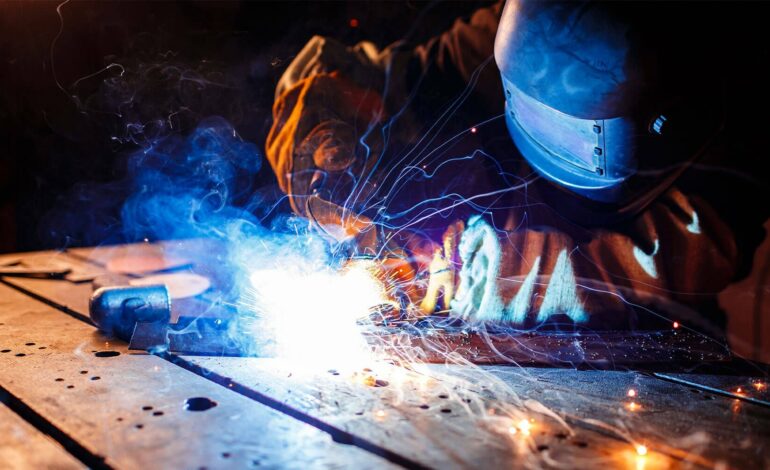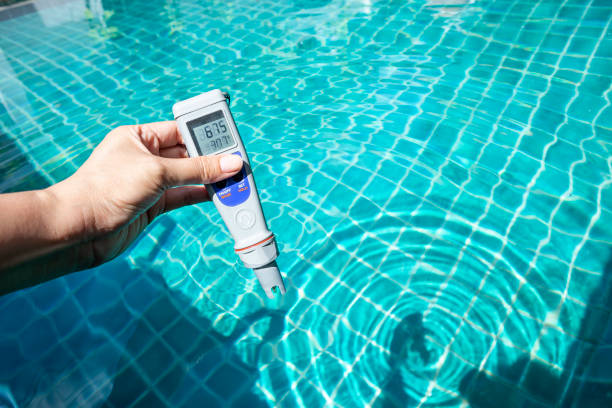
Ultimate Guide to Gas Tungsten Arc Welding: Techniques and Safety
Gas Tungsten Arc Welding (GTAW) is a versatile welding process employed across diverse industries, including aerospace and automotive. This blog will explore the fundamentals of GTAW, or Tungsten Inert Gas (TIG) welding, delve into advanced techniques, and emphasise the crucial aspect of safety. Whether you’re a beginner looking to learn the basics or a seasoned welder aiming to refine your skills, this guide to TIG Welding will equip you with the knowledge and techniques needed to excel in this sophisticated welding process.
Understanding Gas Tungsten Arc Welding:
Gas Tungsten Arc Welding uses a non-consumable tungsten electrode to create the weld. Unlike other welding processes, GTAW does not require a flux to protect the weld pool, making it ideal for welding materials like aluminium, stainless steel, and magnesium.
The Equipment:
To perform Gas Tungsten Arc Welding effectively, you’ll need the following equipment:
- Tungsten Electrode: The non-consumable electrode that generates the arc.
- Power Source: Provides the necessary electrical current for welding.
- Gas Supply: Typically, argon or helium is used to shield the weld from atmospheric contamination.
- Torch: Holds the tungsten electrode and directs the welding arc.
- Filler Metal: Optional to reinforce the weld and improve its mechanical properties.
Techniques for Success:
Proper Tungsten Electrode Selection:
Selecting the right tungsten electrode is crucial for achieving quality welds. Different materials and applications require specific tungsten electrodes, such as pure, thoriated, or ceriated tungsten. Consult welding charts or manufacturer recommendations to choose the appropriate electrode for your welding project.
Establishing the Correct Welding Parameters:
Set the welding parameters, including amperage, voltage, and gas flow rate, according to the material thickness, joint configuration, and desired weld quality. Refer to welding procedure specifications (WPS) or conduct pre-weld trials to determine the optimal parameters for your specific application.
Maintaining Proper Torch Angle and Travel Speed:
Maintain a consistent torch angle and travel speed throughout welding to ensure uniform heat distribution and weld bead appearance. Angle the torch between 10 to 15 degrees and move it smoothly along the weld joint to prevent overheating or underfilling.
Controlling Heat Input:
Proper heat control is essential in Gas Tungsten Arc Welding to prevent distortion, warping, or metallurgical issues in the welded material. Adjust the welding parameters and torch manipulation techniques to regulate heat input and control the weld puddle.
Managing Filler Metal Addition:
When using filler metal in TIG Welding, ensure proper filler metal selection and feed rate to achieve desired weld bead geometry and mechanical properties. Control the molten pool’s size and shape by judiciously adding filler metal, matching its composition to the base material whenever possible.
Safety Precautions:
Ventilation:
Ensure correct ventilation in the welding area to remove welding fumes and gases, which may contain hazardous substances like hexavalent chromium or ozone. Use local exhaust ventilation systems or work in well-ventilated spaces to minimise exposure to airborne contaminants.
Personal Protective Equipment (PPE):
Wear appropriate personal protective equipment, including welding helmets with auto-darkening lenses, flame-resistant clothing, gloves, and safety glasses, to protect yourself from arc radiation, sparks, and heat. Make sure PPE is properly fitted and in good condition to provide effective protection.
Gas Cylinder Handling:
Handle gas cylinders carefully, following proper storage, handling, and transportation procedures to prevent leaks, ruptures, or accidents. Secure gas cylinders upright, use cylinder caps or valve protection devices and avoid exposing them to heat sources or physical damage.
Fire Prevention:
Implement fire prevention measures in the welding area, such as removing combustible materials, keeping a fire extinguisher nearby, and following safe welding practices to minimise the risk of welding-related fires or explosions.
Conclusion:
Gas Tungsten Arc Welding (GTAW) is a sophisticated welding process that offers precise control, excellent weld quality, and versatility in welding various materials. By mastering the techniques and prioritising safety precautions outlined in this ultimate guide, you can enhance your GTAW skills and achieve exceptional results in your welding projects. Whether you’re fabricating aerospace components, automotive parts, or intricate artwork, Gas Tungsten Arc Welding empowers you to create strong, durable, and visually appealing welds with confidence and precision.









